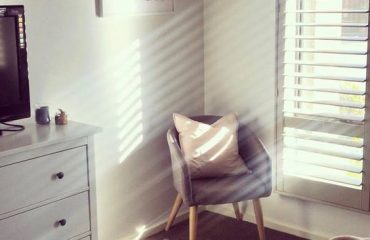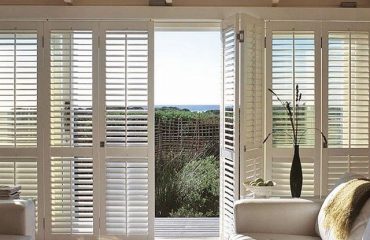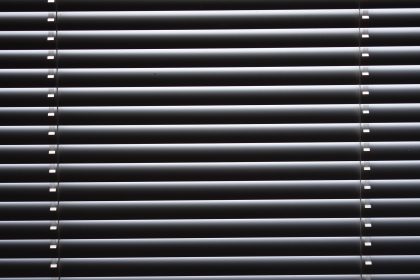
For starters, shutters are usually solid coverings that feature slats that can be opened or closed to control the amount of light entering the room. Shades are another type of covering that can also be opened and closed; exposing and hiding the window. Blinds are simply window coverings that come with vanes or slats; they enable the owner to raise or lower the blind to cover the window. When the blinds are lowered, the owner can adjust the aperture of the vanes to let in more or less light. Let’s take an in-depth look at each type of window treatments.
Shutters
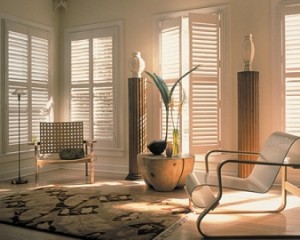
Shutters are commonly known as a variation of stationary blinds that come with a rod. The rod is attached to the slats of the shutters for rotation. Plantation shutters are very popular and they can be made from vinyl or genuine wood. These shutters can provide homeowners with their desired levels of privacy and light-to-darkness ratios. Since plantation shutters can be made from wood and other sturdy materials, they are more durable than blinds. In addition, they provide better insulation from the cold or heat during seasonal changes.
Shades
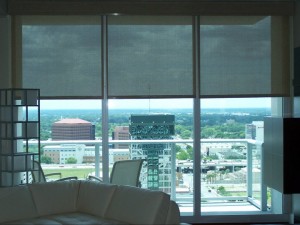
Shades are budget-friendly options, functional, and stylish. For those with limited funds, plain functional shades are inexpensive choices that can cover the windows. If you have a bigger budget to spend, opting for designer shades that come in a broader range of shapes, structures and fabrics are recommended. These shades can add visual appeal to your room and even accentuate the existing décor.
If you want maximum control over light, traditional shades may not be the best candidate for the job – you need blinds. Bottom-up or top-down shades have become increasingly popular in recent years. Top-down shades allow you to lower the shade’s top and let either a little or a lot of light in at once. Furthermore, these functionalities allow you to maintain your desired level of privacy with no extra hassle.
Blinds
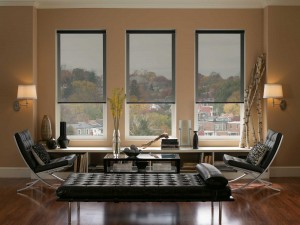
Blinds can come in a wide range of styles and shapes, and their vertical and horizontal slats are what best distinguishes them. Some blinds also come with sheer fabric that overlay their structure to increase the level of privacy while it’s open. Blinds can be made from genuine wood, bamboo, vinyl, aluminum, and more.
Sometimes blinds are compared to shutters because of the has louvers. It is important to note that shutters are different; an easy way to differentiate between the two is to think of blinds as hard window treatments and shades as soft window treatments. In addition, blinds can be pulled across a window to stack towards the sides, whereas shades are designed to operate on a continuous roll to cover a large swath of a window opening.
There is no right or wrong solution when it comes to choosing any of these window coverings. The final choice is ultimately dependent upon your own taste as well as the size of your windows and style of your room.

